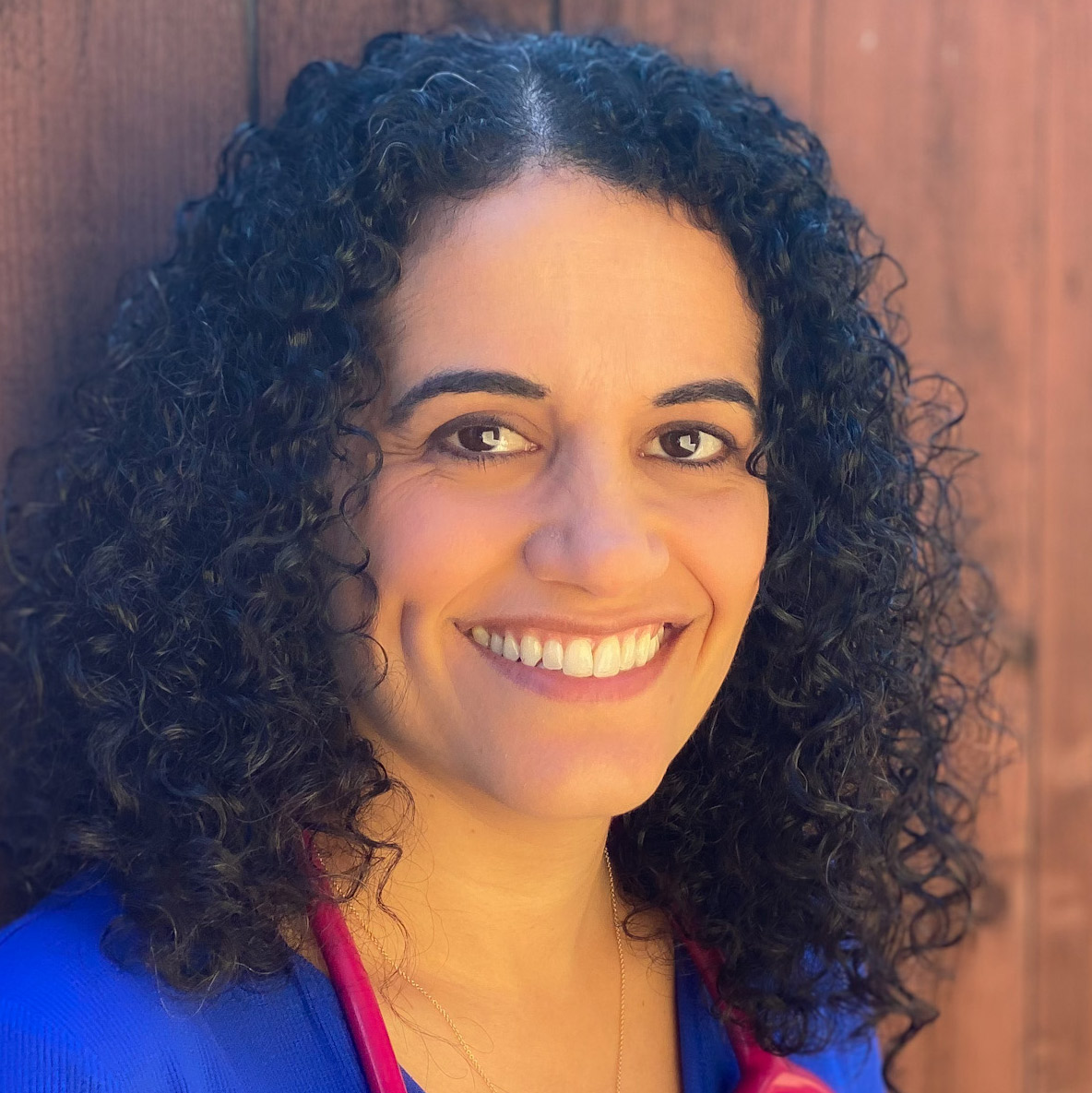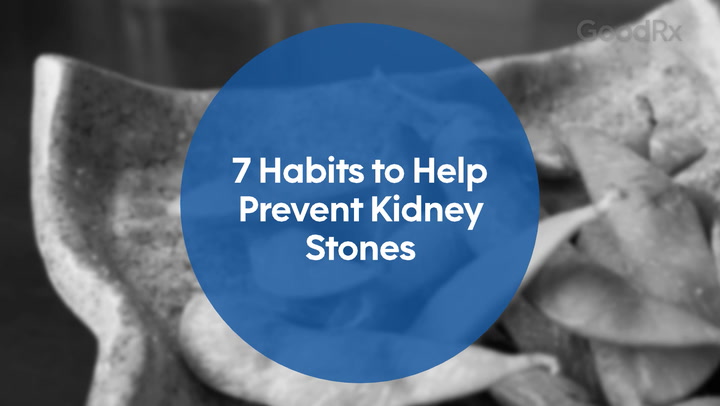
How Much Does Dialysis Cost?
Key takeaways:
Dialysis — a method of cleaning your blood — is necessary if your kidneys no longer work.
Without insurance, a dialysis treatment can cost $500 or more per session. Even if your health insurance covers dialysis, you may have out-of-pocket expenses.
Most people who need dialysis because of end-stage kidney disease can qualify for Medicare regardless of age. There are also government and nonprofit resources that can help with your out-of-pocket costs.
Table of contents

About 14% of U.S. adults have chronic kidney disease, which inhibits the body’s ability to remove waste and extra water. The most severe form of chronic kidney disease is permanent kidney failure, also known as end-stage renal disease (ESRD) or end-stage kidney disease.
People with kidney failure depend on dialysis to clean their blood and eliminate waste. Even with health insurance, the costs associated with dialysis can add up.
What is dialysis?
Dialysis is a method of removing waste, salt, and fluid from the body for people whose kidneys can no longer provide that function. Dialysis also helps control blood pressure. It regulates the levels of sodium and potassium as well as other minerals and substances in your blood.
Save up to 60% on Farxiga
Healthy heart for less. Pay as little as $288 for 30 tablets of Farxiga with GoodRx - no insurance needed.

There are two types of dialysis:
Hemodialysis uses an “artificial kidney” called a dialyzer to remove waste and filter your blood outside your body. Hemodialysis is typically performed in a dialysis center, but it also can be done at home.
Peritoneal dialysis uses the lining of your abdomen to filter your blood inside of your body. Peritoneal dialysis often happens at home.
When is dialysis necessary?
Dialysis is needed if you experience kidney failure, which is diagnosed when less than 15% of the organ is working normally.
In most cases, kidney failure is permanent and dialysis becomes necessary for the rest of your life unless you receive a kidney transplant. But if kidney failure is temporary, dialysis may be necessary only until the kidneys start functioning properly again.
How much does dialysis cost?
The costs associated with kidney failure can be staggering. In 2016, commercial insurance plans spent $14,399 per month on all healthcare services for a person with ESRD — 33 times the costs for a person without kidney failure ($435 per month), according to a JAMA Internal Medicine analysis. Commercial insurance plans spent, on average, $10,149 per month per enrollee for outpatient dialysis alone, the study found.
Because dialysis is scheduled several times a week and requires a team of providers, the cost is bundled with other expenses related to managing your condition. An analysis published in 2022 of 2 million employer-sponsored health plan claims from 2012 to 2019 found that private insurers paid $1,287, on average, for a hemodialysis session. For comparison, the highest Medicare base rate for the service during that time was $240. (Most people who need dialysis because of ESRD can qualify for Medicare regardless of age.)
Could you save with home dialysis? Beyond saving yourself a trip, dialysis treatments at home can improve your quality of life and cut back on costs. Find out about the benefits and downsides of home dialysis, and whether it’s right for you.
Medicare and home dialysis: Medicare may cover some home dialysis costs, meaning you might get to save more on your treatment.
Keeping your kidneys happy: Dialysis can be rough on your body, and it’s important to take care of yourself as much as you can. Our clinicians share advice on drinks that might help your kidneys out.
If you receive your dialysis at home, you may need to pay some or all costs for a dialysis machine as well as other medical equipment and supplies. Dialysis also may require prescriptions, which may create more out-of-pocket costs.
Hemodialysis typically costs more than peritoneal dialysis, according to a report from the U.S. Renal Data System.
Medicare’s inflation-adjusted per-person, per-year (PPPY) spending in 2021 for hemodialysis was $99,325. The PPPY cost varied by age. Adults ranged from $97,373 to $102,206, while children were $119,392. The PPPY cost for peritoneal dialysis for all ages was $86,976, and spending for children receiving this treatment was 30% higher than for adults.
Read more like this
Explore these related articles, suggested for readers like you.
Factors affecting cost
Your cost for hemodialysis will depend on several factors, including:
Where you receive treatment (dialysis center, hospital, home)
Where you live (The 2022 study found that the average price ranged from $950 in Arkansas to $1,791 in West Virginia.)
If you’re insured, your health plan’s negotiated price
If the treatment is an emergency
Your cost sharing, such as deductibles, copays, and coinsurance
Cost without insurance
If you don’t have insurance, your out-of-pocket costs could be even higher. For instance, one hemodialysis treatment can cost $500 or more. If you go three times a week, that’s at least $1,500 per week, $6,000 per month, and $72,000 per year. But the total cost for care may be much more: A single self-pay dialysis treatment may not include all the costs associated with your medical team.
How much does a home dialysis machine cost?
Some people have dialysis at home with their own equipment. It’s possible to have home hemodialysis and peritoneal dialysis at home. Home dialysis can proceed more quickly and more often than in-center treatments. That means less waste and water builds up in the body between treatments. And dialysis at home can also be more convenient than trips to a dialysis center. This can improve quality of life. But there are costs to consider with home dialysis.
One of the biggest costs is a home dialysis machine. A new unit can cost $26,000 to $47,000, or even more if you don’t have insurance. But you may be able to rent one or find a used home dialysis machine for less. For example, the NxStage System One from Fresenius Medical Care is a portable hemodialysis system approved in the U.S.
After you meet your Medicare Part B annual deductible, Medicare will cover 80% of the costs of dialysis services and supplies, including a home dialysis machine. You should also consider that utility bills will be higher when you start doing dialysis at home.
Does insurance cover dialysis?
Yes. If you have Medicare or Medicaid, Medicare Advantage, or private health insurance, your dialysis will be covered, but you may have out-of-pocket costs.
Medicare
Most people in the U.S. with ESRD who need dialysis can receive Medicare at any age if one of the following applies:
You are eligible for Social Security or Railroad Retirement Board (RRB) benefits.
You have worked long enough under Social Security, the RRB, or as a government employee.
You are the spouse or dependent child of a person who meets either of the above requirements.
Medicare coverage has a waiting period. It usually begins the first day of the fourth month of your dialysis treatment. For instance, if your dialysis starts July 1, your coverage will begin October 1. Coverage can begin earlier if you start hemodialysis, participate in home dialysis training, and plan to switch to home dialysis.
After you meet your Part B annual deductible, Medicare will cover 80% of the costs of dialysis services and supplies. Medicare supplement insurance (Medigap) can help with the remaining 20%, which are your out-of-pocket costs.
A Medicare Advantage plan will meet or exceed the coverage provided by original Medicare.
Medicaid
Half of people in the U.S. with ESRD also qualify for Medicaid, which can be used to cover out-of-pocket Medicare costs. States and territories run Medicaid programs, so coverage specifics vary. Medicaid coverage can begin during the waiting period before Medicare coverage starts. If you are eligible for both Medicare and full Medicaid, your cost sharing will be minimal. States also run Medicare Savings Programs through their Medicaid programs to help you cover out-of-pocket costs.
Military coverage and veterans benefits
TRICARE covers dialysis for service members, retirees, and eligible family members. Veterans can receive dialysis under Veterans Affairs (VA) healthcare benefits. You may qualify for home dialysis or non-VA care in your community. Benefits also may include reimbursement for money spent traveling to and from dialysis.
Private health insurance
Under the Affordable Care Act, commercial insurance plans must cover essential health benefits, such as chronic disease management. This includes ESRD. Your plan would cover dialysis until your Medicare waiting period, if any, expires. If the plan doesn’t pay all your healthcare bills, Medicare may pay the remaining costs during a 30-month coordination period. Your plan pays first, and Medicare is the secondary payer.
What out-of-pocket expenses can I expect?
Even if your insurance plan pays 100% of your dialysis bills, there may be other costs to consider. In addition to your deductible, copays, and coinsurance, you may have costs associated with treatment, such as:
Prescription medications
Lost income from time off from work
Transportation to and from medical appointments and in-center dialysis
Child care
Higher power bills if you have home dialysis
Can I get dialysis for free?
Possibly. You may pay nothing or very little if your dialysis is covered by Medicare and other costs are covered by Medicaid or another health insurance plan. You may be eligible for financial help for out-of-pocket costs associated with dialysis from nonprofit organizations, state-based assistance programs, and other sources.
In some cases, you may qualify for special programs to help you pay out-of-pocket costs associated with dialysis. The American Kidney Fund has grant programs that provide financial help for expenses such as:
Insurance premiums
Copays
Medications
Transportation costs to and from a dialysis center
The bottom line
Dialysis can be costly even if you have health insurance. Most people in the U.S. with end-stage renal disease — permanent kidney failure — qualify for Medicare regardless of age. About half of people with dialysis also qualify for Medicaid. Most people will have out-of-pocket costs related to dialysis and medications. Your dialysis costs can be less if you have treatment at home. If you need financial help, you may qualify for one of many assistance programs.
Why trust our experts?



References
American Kidney Fund. (n.d.). Dialysis.
Bassuner, J., et al. (2022). Why peritoneal dialysis is underutilized in the United States: A review of inequities. Seminars in Interventional Radiology.
Centers for Disease Control and Prevention. (2023). Chronic kidney disease in the United States, 2023.
CostHelper Health. (n.d.). Dialysis cost.
Dialysis Patients Citizens. (n.d.). Medicaid.
HealthCare.gov. (n.d.). Essential health benefits.
Johns Hopkins Medicine. (n.d.). Kidney transplant.
Klomjit, N., et al. (2021). The cost-effectiveness of peritoneal dialysis is superior to hemodialysis: Updated evidence from a more precise model. Kidney Medicine.
League, R. J., et al. (2022). Variability in prices paid for hemodialysis by employer-sponsored insurance in the US from 2012 to 2019. JAMA Network Open.
MacKeen, D. (2022). Can new technology make home dialysis a more realistic option? The New York Times.
Medicare.gov. (n.d.). Dialysis services & supplies.
Medicare.gov. (n.d.). End-stage renal disease (ESRD).
Medicare.gov. (2023). Medicare coverage of kidney dialysis & kidney transplant services.
National Institute of Diabetes and Digestive and Kidney Diseases. (n.d.). United States renal data system: Progress through research.
National Institute of Diabetes and Digestive and Kidney Diseases. (2017). Kidney failure.
National Institute of Diabetes and Digestive and Kidney Diseases. (2018). Hemodialysis.
National Institute of Diabetes and Digestive and Kidney Diseases. (2018). Peritoneal dialysis.
National Institute of Diabetes and Digestive and Kidney Diseases. (2018). What is kidney failure?
National Institute of Diabetes and Digestive and Kidney Diseases. (2020). Financial help for treatment of kidney failure.
National Institute of Diabetes and Digestive and Kidney Diseases. (2023). 2023 Annual data report. United States Renal Data System.
National Kidney Foundation. (n.d.). Dialysis.
National Kidney Foundation. (n.d.). Home hemodialysis.
National Kidney Foundation. (2014). Have you thought about dialysis at home?
NxState. (n.d.). What is NxStage’s System One?
Penn Medicine. (2022). End-stage kidney disease.
Quality Dialysis. (n.d.). Hemodialysis.
Quality Dialysis. (n.d.). Peritoneal dialysis.
TriCare. (2022). Dialysis.
Trish, E., et al. (2021). Payment for dialysis services in the individual market. JAMA Internal Medicine.
U.S. Department of Veterans Affairs. (2022). Veteran kidney disease benefits.





























